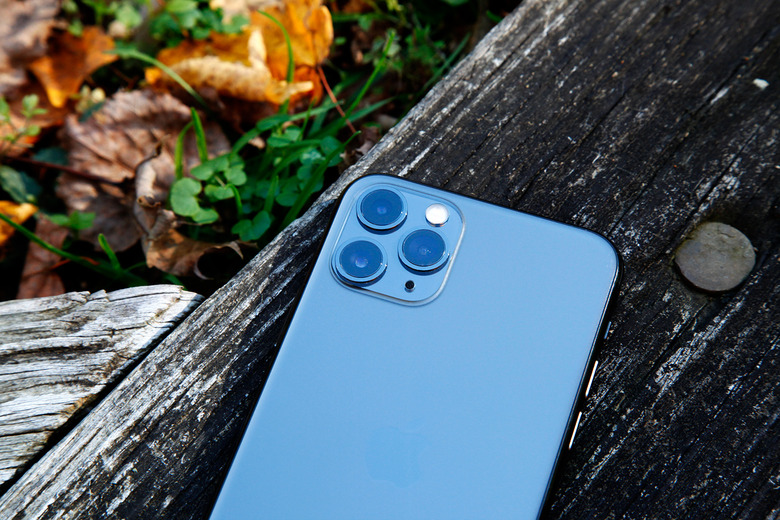iPhone 12 Might Have Even Better Battery Life Than The iPhone 11
The iPhone 11 phones feature the same design as their predecessors, but they're much better smartphones in every way. Of all the new features, two of them stand out, having been praised in reviews from the start. That's the brand new camera system that features two and three lenses depending on the model, and incredible battery life. Apple is expected to improve both the camera and battery next year, and a report explains why the iPhone 12 might have even better battery life than this year's phons.
Apple's battery announcements during the iPhone 11 event pleasantly surprised the audience, with the company explaining all the reasons why battery life has gotten insanely better on all three iPhone 11 series. The new phones are more efficient than ever, thanks to the brand new A13 chip, but that's not the only reason. All iPhone 11 models come without a 3D Touch screen layer, and they're slightly bulkier than the iPhone XS and XR models. These factors allowed Apple to slightly increase the size of the three batteries, and give the iPhone 11 Pro Max a whopping five hours of extra battery juice compared to the XS Max. The biggest iPhone 11 phone has the best battery life this year, which wasn't the case last year when the iPhone XR's battery was better.
Come iPhone 12, Apple might use a battery innovation from suppliers that would let the company increase battery life on the phone. The news comes from a report in The Elec that explains that South Korea's ITM Semiconductor supplied battery protection circuits to iPhone for the first time, likely the Protection Circuit Module (PCM). The Apple contract might be very lucrative for the company, with analysts attributing ITM's 24 billion won operating profit to the iPhone deal.
ITM is only one of the three iPhone 11 battery parts suppliers, with Compeq and MinebeaMitsumi being the other two. Next year, however, ITM is expected to ship PMP battery protection circuits to the iPhone 12, according to industry sources.
A separate report from the same news outlet says Samsung will make use of the same PMP parts, or Protection Module Packages, for the Galaxy S11 next year. The PMP "combines Protection IC with MOSFET and PCB," reducing the need for a holder case, which is used in PCM designs.

These protection circuits prevent over-charging and over-discharging, MacRumors notes, and they're essential battery component. By reducing the size of thees protection components, battery makers offer smartphone vendors the option of slightly increasing the battery size — the difference between PCM and PMP tech can be seen in the image above.
Recent reports have suggested the Galaxy S11 phones will have much larger batteries than the Galaxy S10 models, and the switch to PMP parts might be the reason why.
Samsung will unveil the Galaxy S11 phones in February, and we'll learn all of the phone's secrets once the first teardowns hit the web a month later. Apple, meanwhile, will unveil as many as four iPhone models with OLED displays next year, but it'll all happen at some point in mid-September.
